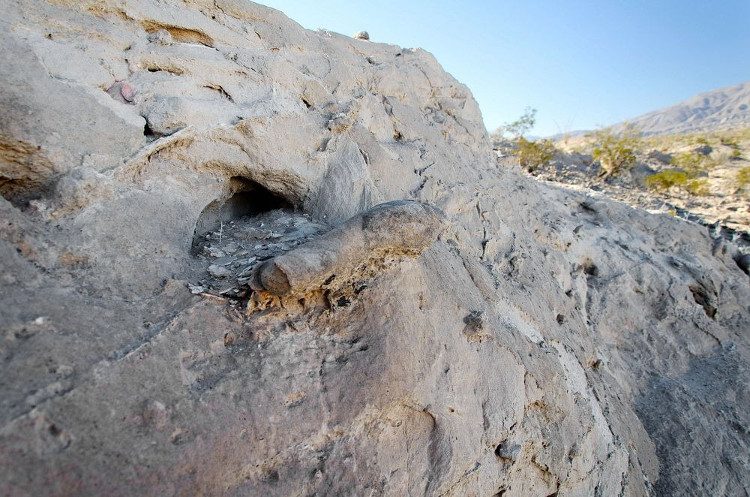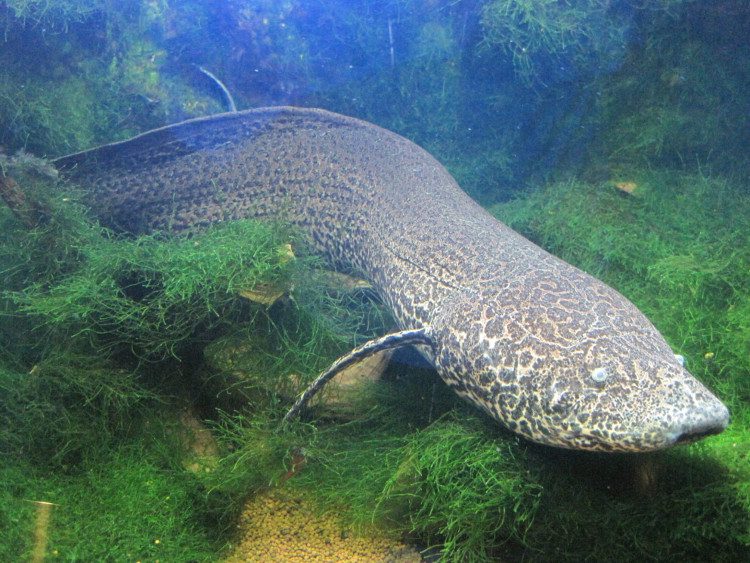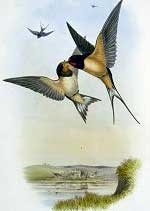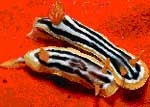For a long time, humans have assumed that fish must live underwater. However, there are some species of fish that defy this notion; despite possessing the shape of a fish, they can survive in dry environments for months, or even years, without any adverse effects.
Lungfish, also known as Salamanderfish, is a species of freshwater fish that has the remarkable ability to live on land without water for extended periods, sometimes for many months, or even years.
This type of fish has existed since ancient times, with estimates suggesting that the first lungfish appeared on Earth around 419.2 million to 393.3 million years ago, surviving through four mass extinctions with remarkable resilience.

This species builds its own cocoon when the dry season arrives.
In fact, lungfish have three genera and six species categorized by their habitats, such as African lungfish, South American lungfish, and Australian lungfish. Mature lungfish can weigh up to 10 kg and grow to a length of 1.25 m. Among them, Victoria lungfish is currently the largest African lungfish species, reaching lengths of up to 2 m.
African temperatures are predominantly very high year-round, with no four distinct seasons, mainly characterized by drought. Notably, the dry season in Africa is extremely harsh, often lasting at least 4-5 months. This situation leads to all rivers and lakes in the region drying up. To survive, lungfish have developed a unique “summer sleep”
mode along with an extraordinary respiratory system.
Lungfish possess a highly developed respiratory system that allows them to extract oxygen from the air, similar to terrestrial animals. They live underwater during their juvenile stages and must regularly surface to breathe air. Once fully mature, they can live on land for up to a year, and can even drown if they remain submerged for too long.
Summer sleep mainly occurs in tropical animals. Victorian naturalists managed to transport African lungfish halfway around the globe to England and America to observe their physiological characteristics. Since then, technological advancements have revealed the cellular and genetic processes behind the lungfish’s summer sleep behavior. Lacking limbs for movement on land and potentially becoming isolated from other environments when water dries up, African lungfish have evolved to survive in a dormant state within the mud until water returns.
Induction, the first phase of summer sleep, lays the groundwork for spending the subsequent months underground. In 1986, researchers identified a series of signs triggering summer sleep, including dehydration, hunger, increased air inhalation, and stress. Additionally, changes in salinity and the composition of dissolved compounds (such as calcium and magnesium) in the surrounding water serve as indicators that the river is drying up. The gills may play a role in helping the fish sense the water level in its body.
With environmental signals indicating rising temperatures and drought, lungfish burrow into the mud using their mouths and muscular bodies. They then retreat into the burrow, curling their long bodies and enveloping themselves in a substantial amount of mucus they secrete. Once hardened, this mucus forms a waterproof cocoon with only a narrow opening that connects to the water’s surface, allowing the fish to breathe air using its lungs.

Their fins are very sturdy for easy movement on land.
Lungfish have long bodies similar to eels, with strong pectoral and abdominal fins that facilitate their movement on land. They typically inhabit shallow waters, such as swamps and marshes, but can sometimes be found in larger lakes.
When submerged, they swim and feed like other fish species. However, during the dry season, they dig a deep hole in the soft mud by consuming the mud through their mouths and expelling it through their gills. Once they reach a sufficient depth, they stop digging and secrete mucus through their mouths to solidify the mud, forming a cocoon around themselves, leaving only their mouths exposed for air intake.


The unique lifestyle of lungfish.
During hibernation, they significantly reduce their metabolic processes. When water returns, they emerge from their burrows and begin the process of searching for food.
This species is commonly found in Africa, South America, and Australia. Africans often catch them by digging up their burrows in dry wetlands. However, their flesh has a very strong odor that not everyone appreciates.
Due to their ability to live underground for extended periods without food or water, scientists have conducted research on lungfish. The lungfish’s unique mechanism fascinates scientists as this temporary dormancy could potentially offer insights for human applications.
Researchers at the National University of Singapore compared gene expression differences in the livers of African lungfish after six months of inactivity to when the fish were placed in a normal freshwater environment. They also compared gene expression from the first day of inactivity to when the fish woke up to identify the regulatory activities of various cells.
They found that during the period of inactivity, genes related to waste detoxification were up-regulated genes, ceasing the production of toxic products in the liver. Simultaneously, the expression of genes related to blood coagulation and the metabolism of iron and copper were down-regulated genes, which scientists suggest could be a strategy for energy conservation.

Scientists have studied lungfish to find life-saving methods for critically ill patients. (Photo: NatGeo)
A large amount of granulocytes (important white blood cells in the immune system) stored in the intestines, kidneys, and reproductive glands of lungfish during the wet season also play a role in summer sleep. A 2021 study published in Science found that the mucus cocoon was filled with granulocytes, which prevent pathogens from reaching the hibernating lungfish. Granulocytes migrate from storage sites in the organs through the bloodstream to the skin, entering an inflammatory state before completing their journey within the cocoon. Here, granulocytes produce extracellular traps to prevent bacteria from infecting the hibernating lungfish, rendering the cocoon immune.
Eventually, when water returns, the lungfish is awakened from its summer sleep when its mouth, the only part not covered by the mucus cocoon, fills with water. This initiates the waking phase of summer sleep, which is also the most mysterious stage of the three. Struggling to crawl out of the cocoon and lethargically rising to the water’s surface, the lungfish expels the waste accumulated during its summer sleep. After about 10 days, the time needed for the internal organs to restart, lungfish begin to feed again.





















































